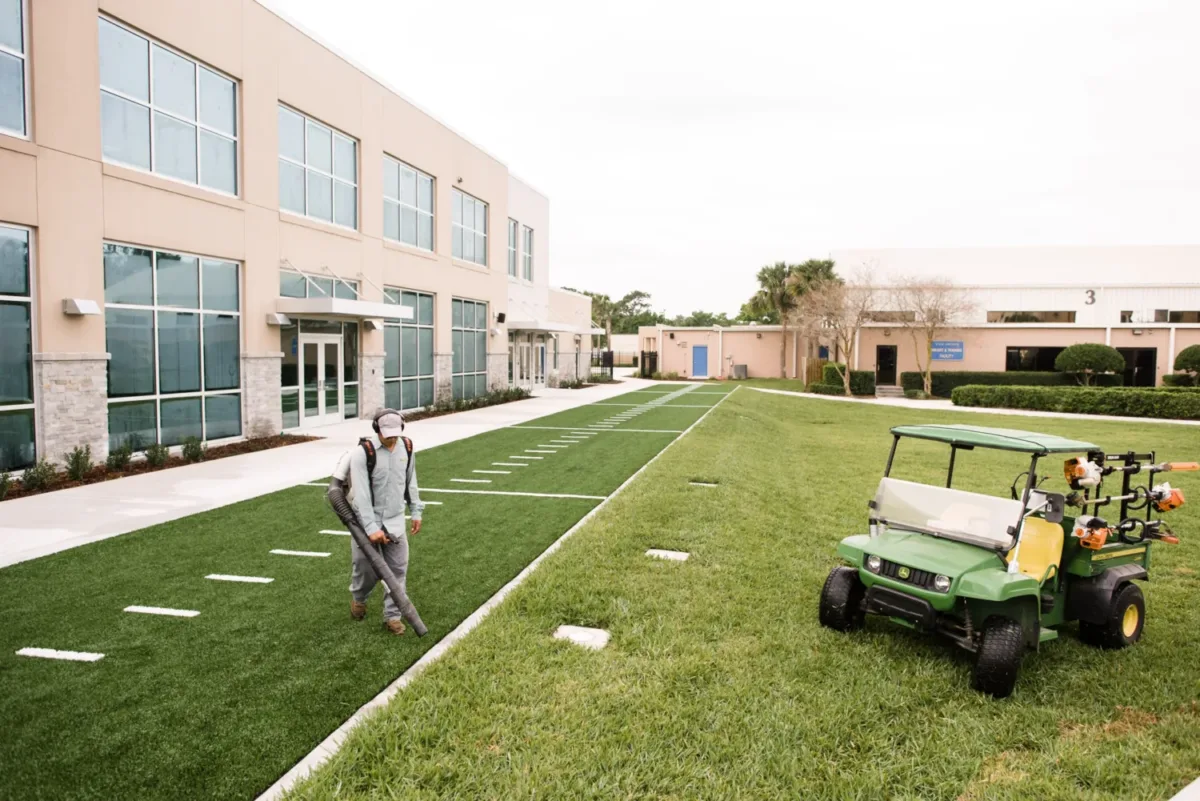The High Cost of Distracted Driving
As an employer, it’s your responsibility to ensure the well-being of your staff, and part of that responsibility is helping drivers be as safe as possible when they’re behind the wheel. Unfortunately, the prevalence of distracted driving is a growing issue that can have very serious consequences.
According to the National Highway Safety Administration (NHTSA), distracted driving is “anything that takes your attention away from the task of safe driving.” Furthermore, distracted driving at work can take many forms, from using a cell phone or other electronic devices while driving, to eating or drinking while behind the wheel.
It’s important to recognize that the consequences of distracted driving can go far beyond just the driver. Not only does it jeopardize the safety of others on the road, but it also can have a detrimental effect on your business in the form of lost productivity, increased insurance costs and even legal liabilities. To protect your employees and your business, it’s essential to implement a policy that discourages distracted driving. This can include training and education on safe driving practices, as well as penalties for violating distracted driving policies. By promoting safe driving habits and enforcing strict policies, you can ensure that your employees are less likely to engage in risky behaviors while driving for work.
So buckle up as we explore the risks of distracted driving and how you can prevent them. Let’s hit the road!
The Dangers of Distracted Driving
Before we get into the details of how to prevent distracted driving, let’s take a closer look at what it is and the dangers that can come with it. Firstly, as per the Centers for Disease Control and Prevention’s (CDC) definition, there are three main types of distraction that can occur while driving: visual, manual and cognitive. Visual distractions occur when a driver takes their eyes off the road, manual distractions happen when a driver takes their hands off the wheel and cognitive distractions occur when a driver’s mind is not focused on driving.
Examples of visual distractions include observing billboards or reading a GPS, while manual distractions can include eating, smoking or adjusting the radio. Cognitive distractions are often related to activities such as daydreaming or talking to a passenger. But the worst offender of all? Cell phone use.
The National Safety Council (NSC) estimates that at least 28% of all collisions are caused by cell phone use while driving. That’s at least 1.6 million crashes per year, to put the number into perspective. It’s a fact, distracted drivers are more likely to cause accidents, and the severity of those accidents is often higher because drivers who are distracted have less time to react to hazards on the road.
Consider the following scenario: A driver is texting while driving, and takes their eyes off the road for just a few seconds. At that time, they fail to see a pedestrian crossing the street and hit them. The consequences of this incident are devastating, with the pedestrian potentially being injured or killed, and the driver facing legal penalties and the emotional trauma of the incident.
This is entirely possible, and sadly, much too common. According to the latest statistics published by the NHTSA, an average of 3,142 people are killed in motor vehicle crashes involving distracted drivers each year. Don’t let those numbers involve your employees — take steps to ensure your business does not become part of this statistic and develop a distracted driving policy.
Understanding Distracted Driving Policy
Enforcing a strict distracted driving policy in the workplace is essential to promoting safe driving practices among employees. They provide clear guidelines for what is expected of drivers and help reduce the risk of accidents caused by distractions. But what does a comprehensive distracted driving policy entail?
Here are some key components:
- A clear definition of what constitutes distracted driving: A distracted driving policy should clearly define the types of distractions that are prohibited so employees increase their awareness of what constitutes a distraction and how to avoid it.
- A ban on the use of cell phones while driving: Given that cell phone use is the most common form of distracted driving, the policy should state clearly that employees are prohibited from using their cell phones while operating company vehicles and provide examples of what constitutes acceptable use (such as making emergency calls).
- Guidelines for other distractions: The policy should also cover other distractions that can lead to an accident and prohibit employees from doing anything that may result in a loss of focus on the road.
- Consequences for policy violations: This may include fines, disciplinary action or termination of employment.
In case you need a template to get started, the NSC published a sample driving policy that can be used as a guide.
Preventing Distracted Driving as an Employer
Apart from developing and implementing distracted driving policies, it’s also crucial to educate employees about the dangers of distracted driving and its effects on their safety, as well as that of other road users. Emphasize the importance of focusing on the road at all times while driving, and explain the consequences of violating the organization’s policies. This not only reinforces the importance of the policy but also demonstrates the company’s commitment to safety.
In addition, hold regular meetings to discuss the policy and remind employees of their responsibility to follow it. This includes hosting awareness campaigns and distributing educational materials such as brochures, flyers or posters to employees. These materials should provide information on the dangers of distracted driving and tips on how to minimize driver distraction. This way, you can create a culture that promotes safety, responsibility and accountability.
Moreover, new hires should also be educated on the policy as part of their onboarding process. This should include a thorough review of the policy, since they may not be aware of it when they first start working for your company.
To further support the policy, employers can implement measures to minimize distractions in company vehicles. This can include installing hands-free devices, providing a safe place for drivers to store their phones and ensuring employees map out their routes in advance.
Get Involved in Promoting Safer Roads Alongside FFVA Mutual
Preventing distracted driving as an employer requires a multifaceted approach. It’s not just about having a policy in place, but also about educating employees and having a strong safety culture. By working together, employers and employees can make a significant impact in reducing the number of motor vehicle crashes caused by driver distraction.
At FFVA Mutual, we’re committed to safety —and we’re here to help. Check out some of our traffic safety and distracted driving resources:
- Cell Phone Policy
- Costs of Distracted Driving blog post
- Distracted Driving Safety Tips
- Short Talk
- Trending Topic: Motor Vehicle Safety
April is National Distracted Driving Awareness Month in the United States. So if you haven’t done so already, make this month a time for you and your employees to get involved in the campaign. View this blog to learn more about Distracted Driving Awareness Month.
And of course, if you need any additional support or guidance, contact our team of Safety Solutionists for more information.






























